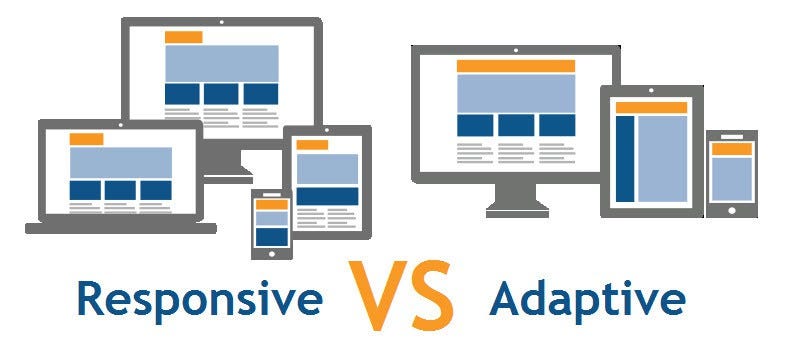We hope you enjoy reading this blog post
If you need help with website or marketing, book a call with our team for a free 360° overview and actionable recommendations report. Book a call

If you need help with website or marketing, book a call with our team for a free 360° overview and actionable recommendations report. Book a call

The biotech industry is expected to experience rapid growth in the coming years. The industry’s growth is not only driven by advanced scientific discoveries and innovations but also by their ability to relay this information to the rest of us. In such highly technical fields, web design is more than aesthetics. It is a critical tool for delivering a seamless user experience, fostering engagement, and building trust. What exactly are you saying? But also do users understand what you do and are willing to engage with your content?
A well-structured, intuitive website ensures that users can easily navigate complex information, such as technical specs or industry insights, while responsive design and accessibility features cater to diverse audiences. Interactive elements and personalized content keep users engaged, showcasing innovation and expertise. Clean, professional design, coupled with secure connections and authoritative resources, communicates credibility and positions companies as reliable leaders in their industry.
So, responsive or adaptive design—what aligns better with your business goals?
In this post, we’ll discuss how responsive and adaptive design works and how to select the right option for your biotech organization.
Responsive design is a web development approach that ensures a website’s layout and content adapt seamlessly to different screen sizes and devices, providing an optimal viewing experience. This is achieved through the use of flexible grids, media queries, and scalable images that dynamically adjust the site’s structure and visual elements.
Flexible grids are the backbone of responsive design. Instead of using fixed pixel-based measurements, grids are designed with proportional units like percentages. This allows elements to resize dynamically relative to the screen’s dimensions. For instance, on a desktop, a grid might display a multi-column layout. Whereas, on a tablet, it adjusts to two columns. Then, on a smartphone, it may stack into a single column for easy scrolling.
This adaptability ensures that content remains accessible and visually appealing, regardless of the device being used.
Responsive design is a cornerstone of modern web development, blending functionality and aesthetics to meet the demands of today’s diverse digital audience.
Adaptive design is an approach that creates distinct, predefined layouts optimized for specific screen sizes and devices. Unlike responsive design, which fluidly adjusts content using a single flexible layout, adaptive design uses multiple fixed layouts. Each layout is tailored to fit the dimensions of different devices, such as desktops, tablets, and smartphones.
Here is what happens. Developers design several versions of a website, each targeting a specific device category or screen resolution. When a user accesses the site, the server detects the device type and loads the corresponding layout. For instance, a smartphone user may see a simplified version with larger touch-friendly buttons, while a desktop user sees a layout rich in visual detail. This approach ensures that each user gets an experience optimized for their device.
Adaptive design is particularly beneficial for projects where delivering a device-specific experience is critical, such as highly technical applications or platforms catering to a diverse user base with varying needs.
Your website’s design directly impacts how professionals, researchers, and stakeholders interact with critical information. Adaptive and responsive design are two leading approaches, each with distinct advantages tailored to different needs.
Here’s a comparison to help you decide which suits your biotech website best.
Adaptive and responsive designs each offer distinct advantages for biotech websites, depending on specific goals and audience needs. Adaptive design creates tailored layouts for different screen sizes, providing optimized performance and custom user experiences, ideal for presenting complex data like clinical trial results or interactive tools. However, it requires more resources to develop and maintain and may limit flexibility on uncommon devices. This type of design best suits established biotech firms creating investor portals or interactive tools like drug simulators. Or firms that need highly optimized user experiences for specific devices (e.g., iPads for lab use).
Responsive design, on the other hand, uses fluid grids to adjust dynamically across all devices, making it cost-effective, versatile, and SEO-friendly. It’s particularly suited for accessible and easily maintained platforms, though scaling intricate visuals like genomic data may require additional optimization. A biotech startup is launching an educational platform for general audiences. Or companies looking for SEO-friendly solutions to attract patients or partners.
A web design agency that understands these specific needs can help ensure that the website meets aesthetic standards and practical and regulatory requirements. Working with an agency experienced in biotech enables companies to deliver user-friendly experiences that resonate with both technical and non-technical audiences, enhancing trust and driving engagement.
WDB Agency excels in creating digital solutions that bridge the gap between complexity and usability. WDB develops websites that simplify complex scientific concepts while maintaining credibility and professionalism by employing user-centered design principles tailored for the biotech industry. This includes designing intuitive navigation systems, crafting content that speaks to diverse stakeholders, and implementing features that comply with industry regulations.
WDB’s approach helps biotech companies effectively showcase their expertise, connect with their audience, and drive business goals in a highly competitive field. Let’s discuss how we can help you decide, and schedule a call with our team.
Please complete the form below and one of our team members will be in touch shortly.